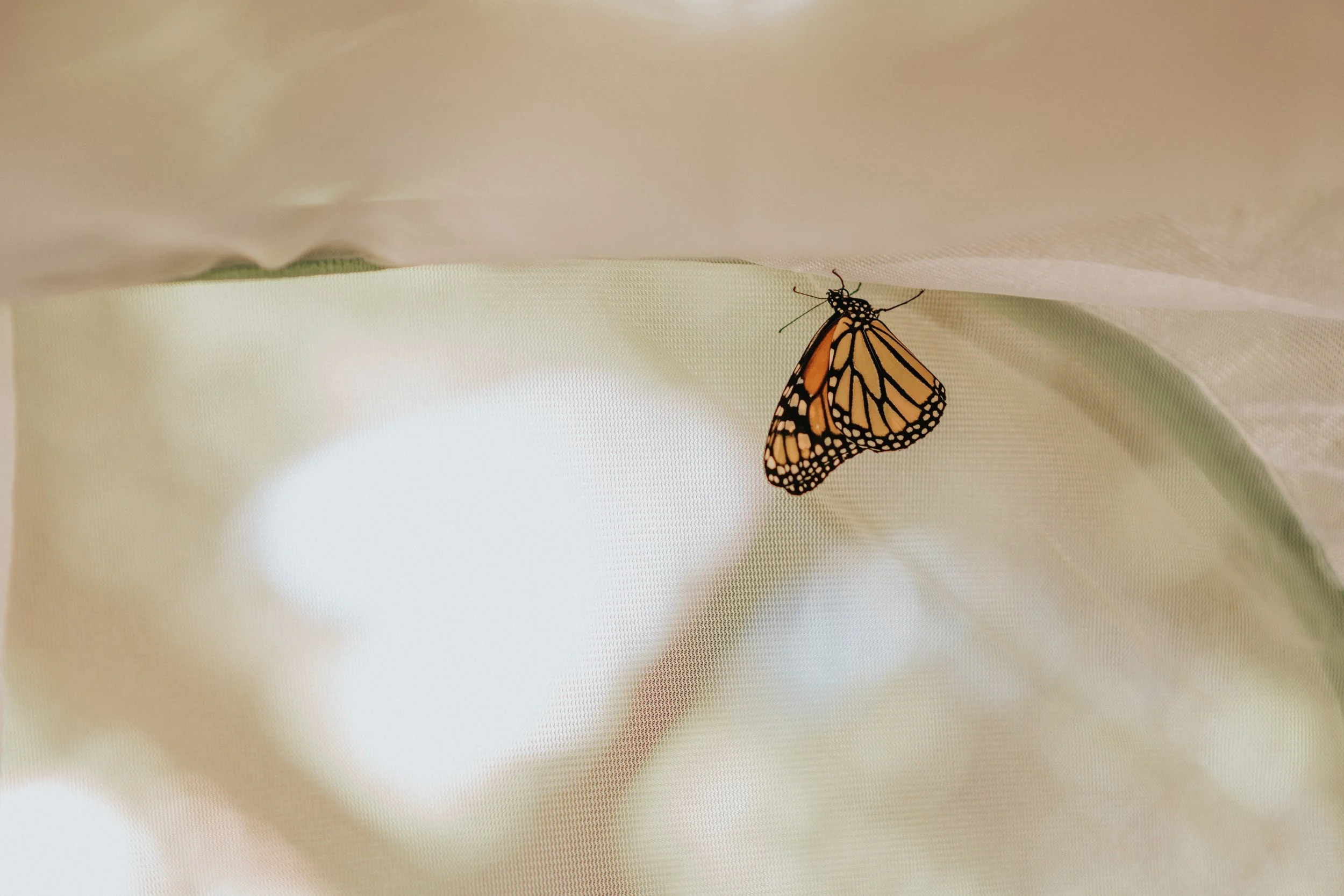The Rainbow River is a gently winding river that is 5.7 miles long and merges with the Withlacoochee River at Dunnellon, Florida. The headwaters, Rainbow Springs, is the anchor for Rainbow Springs State Park. This first-magnitude spring is not one large vent but is numerous vents that issue 400 - 600 million gallons of crystalline water every day.
Losing tents due to torrential downpours during two summer camping trips in a row will absolutely not keep us away from one of the most scenic rivers in North Florida. The clear blue waters are just as picturesque beneath the surface as above them and around each bend shows off native plants that most likely have existed since before motorized boats polluted, I mean traversed this river.
Every season in Florida produces some delicious edible species of plants and throughout The Rainbow River State Park Campground one could easily survive on plants alone. From the seasonal mulberries and Japanese plums to beauty berries and smilax sprouting all year, a Florida forager’s dreams are what this campground is made of … and don’t even get me started on all the mushrooms that can be found along this river bank.
Rainbow Springs and the Rainbow River became popular in the late 1880s when hard rock phosphate was discovered in the area. A small community called Juliette flourished near the springs during this "boomtown" era. In the 1930s the spring was developed as a tourist attraction.[4] Sea walls, a lodge, gift shop, the waterfalls, and a reptile exhibit were developed. Under new ownership, the real heyday for the attraction occurred in the 1960s. During that time activity greatly increased with glass-bottomed boat rides, riverboat rides, log raft rides, a gift shop and cafe, an aviary, a leaf-shaped gondola/monorail system, a horse rodeo, and submarine boat tours. Not faring well when traffic began using I-75 instead of U.S. Highway 41, with many tourists heading to a new attraction called Walt Disney World, the attraction closed in 1974.
The Rainbow River was designated as a Registered Natural Landmark in 1972, an Aquatic Preserve in 1986, and an "Outstanding Florida Waterway" in 1987 because of its outstanding beauty and aesthetics.[6] The state purchased the original area that was the Rainbow Springs attraction in 1990. Volunteers cleared the overgrown park and opened the park on weekends to the public. The Florida Park Service officially opened Rainbow Springs State Park on a full-time basis on March 9, 1995.









































































